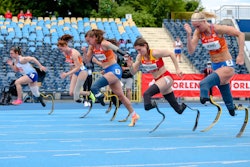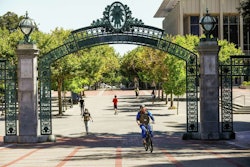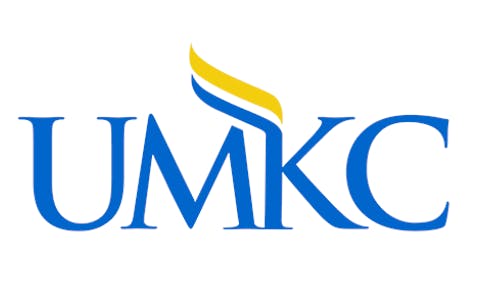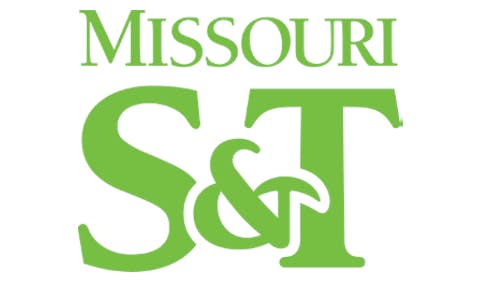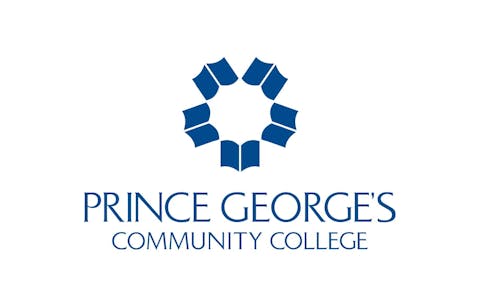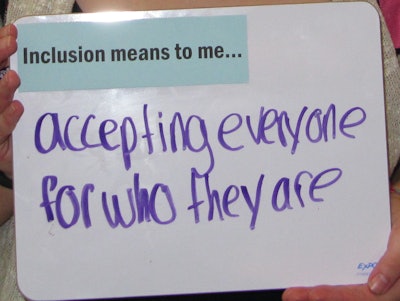 Student response at a Miami University Student with Disabilities Advisory Council event called
Student response at a Miami University Student with Disabilities Advisory Council event called
“It takes a lot of time to push for centers, or for things to be changed,” Simran said.
In fact, when she arrived at Duke in 2018, the student organization Duke Disability Alliance had been advocating for a cultural center for at least a year. Simran knew in order to convince administration and staff at Duke that a cultural center would be advantageous, she needed to show strong student support. So, she polled her fellow students and presented the results to Duke administration. Students, regardless of their ability or disability experiences, were in favor of the center’s creation.
By fall 2020, Simran received word that Duke had agreed, and the college would create a Disability Cultural Center on campus. It became only the tenth institution to do so in the nation.
Disability Cultural Centers (DCCs) are different from Disability Resource Centers (DRC) on campus. Resource centers manage the academic needs and accommodations of a student. Cultural centers are physical places (many virtual, during the pandemic) for students to connect with other students, faculty, and staff with disabilities and share their experiences, helping to build identity and a sense of belonging at their institution.
Rix did not end up attending Duke. Instead, he took the lessons learned from his sister and applied them at the University of Virginia (UVA), where he is a member of the Chronically Ill and Disabled Cavaliers (CIDC) student group. Together, Rix and the CIDC are hoping to create the eleventh DCC at UVA.
According to the CDC, 61 million adults in the U.S. identify as disabled, roughly one in four people. Their disabilities vary, from mobility to cognitive, to hearing or vision loss, or difficulty living independently. The number of disabled students on campus has been growing steadily since 2005.

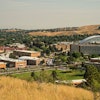
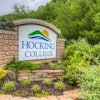
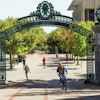
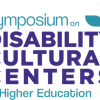
![Screenshot 2024 06 05 141719[91541]](https://img.diverseeducation.com/files/base/diverse/all/image/2024/06/Screenshot_2024_06_05_141719_91541_.66613a2803b85.png?auto=format%2Ccompress&fit=crop&h=167&q=70&w=250)
